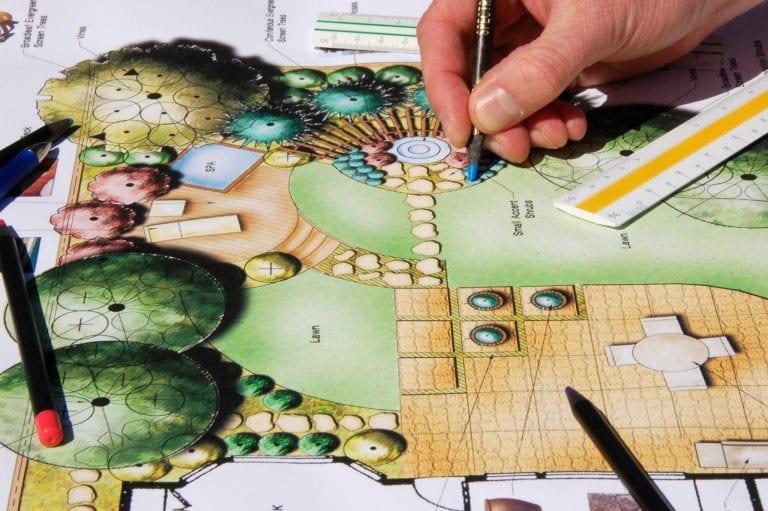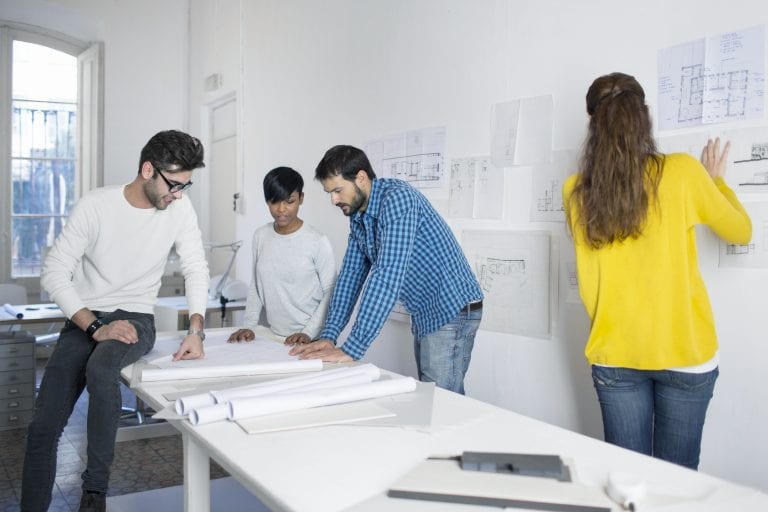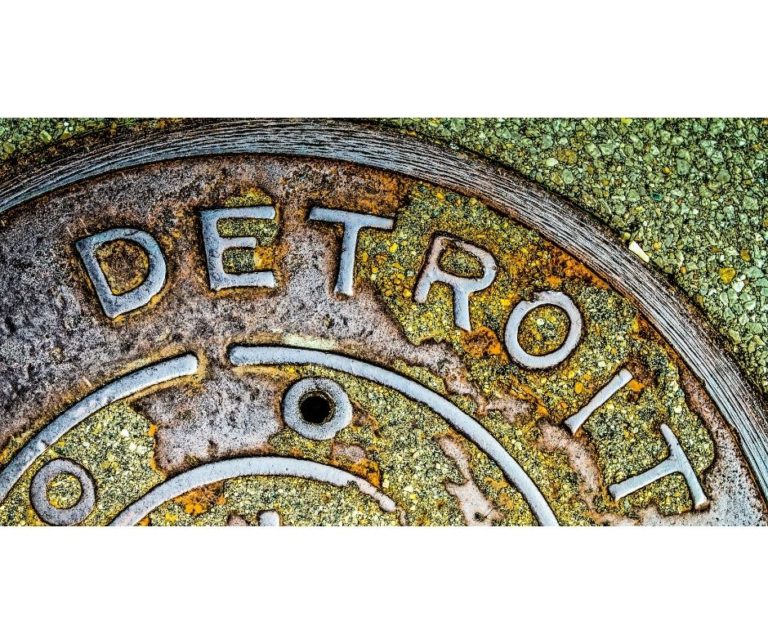
From response to recovery, architects can offer unique solutions for cities, towns, and villages.
Recently, AIA 2020 President Jane Frederick, FAIA, and At-large Director Dan Hart, FAIA, participated in a roundtable discussion hosted by the National League of Cities and attended by a small group of civic leaders representing cities from around the country. The timely discussion focused on how architects can help cities address the challenges they are currently facing, and how best to reopen safely.
Frederick and Hart emphasized that architects are problem solvers at their core, not just when designing buildings and spaces. Civic leaders can consult architects to solve current problems, including rethinking how to deliver government services to their communities and constituents post-COVID, as well as rethinking the design of educational facilities, nursing homes, restaurants, libraries, and grocery stores.
AIA’s special COVID-19 task forces have spearheaded this response at a national level and have developed the following resources for members, including: Re-occupancy Assessment Tool, Alternative Care Sites Preparedness, and COVID19 ArchMap.
AIA’s Blueprint for Better campaign has been championing the partnership between architects and civic leaders for years, but this relationship is more important now than ever.
COVID-19 has caused small businesses across the country to shutter, either temporarily or permanently, and local governments are struggling. With many of these municipalities relying on money from restaurant and tourism taxes to operate, it is becoming increasingly difficult to maintain operations as normal – threatening hospitals, roads, and crucial infrastructure repairs. According to data collected by the National League of Cities, nearly 100% of cities with populations above 50,000 will see a revenue decline this year, with an expected revenue loss of up to $134 billion nationwide. Additionally, between 300,000 and 1 million public-sector workers could be laid off or furloughed.
Construction is the local lifeline to an improving economy. It is crucial that cities and towns move construction projects forward during this pandemic, if their states allow. For unfunded projects or projects in states with strict restrictions, architects and civic leaders can continue working together on the design phase, so construction can begin as soon as mandates are lifted and funding is approved.
Source: AIA






